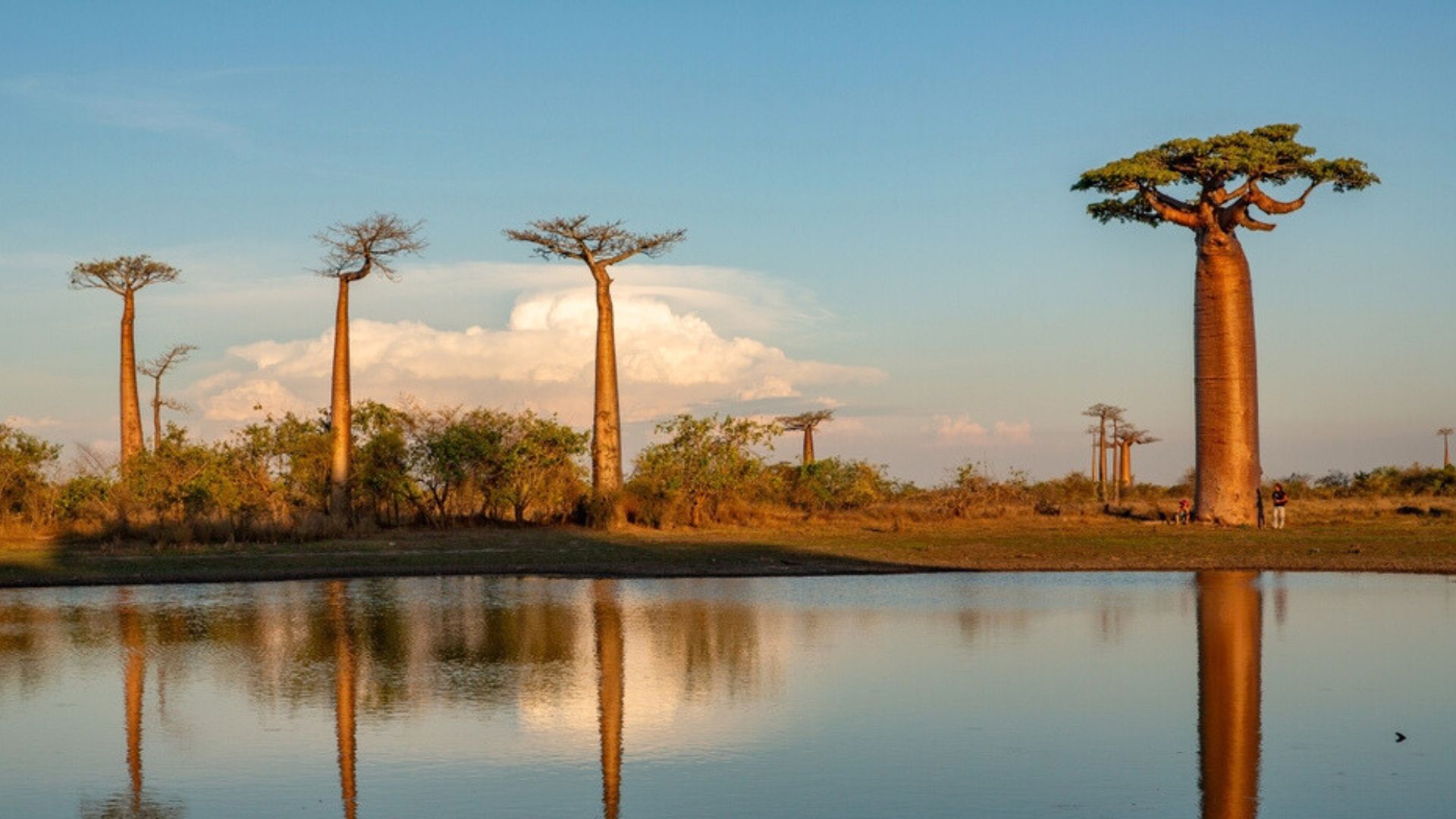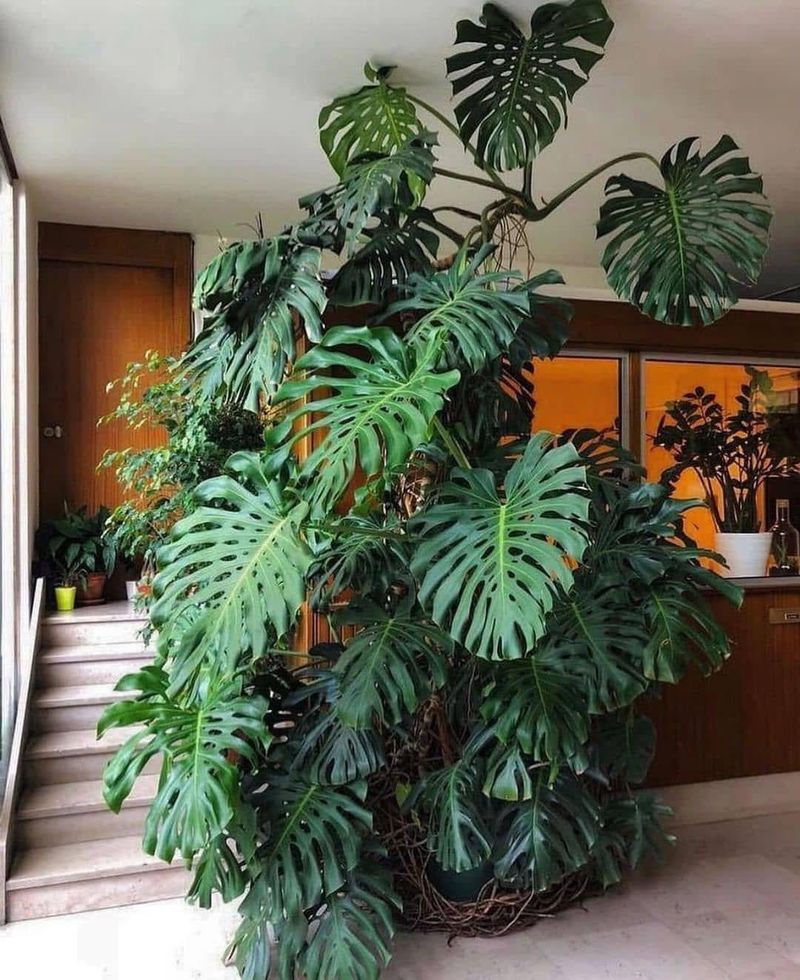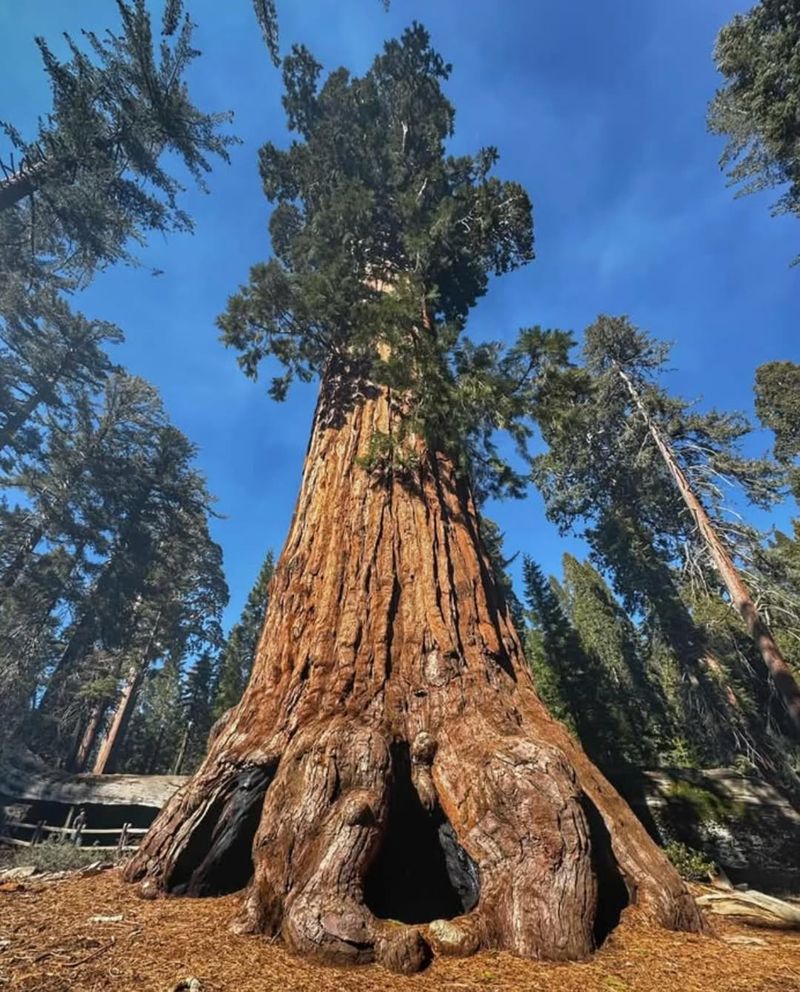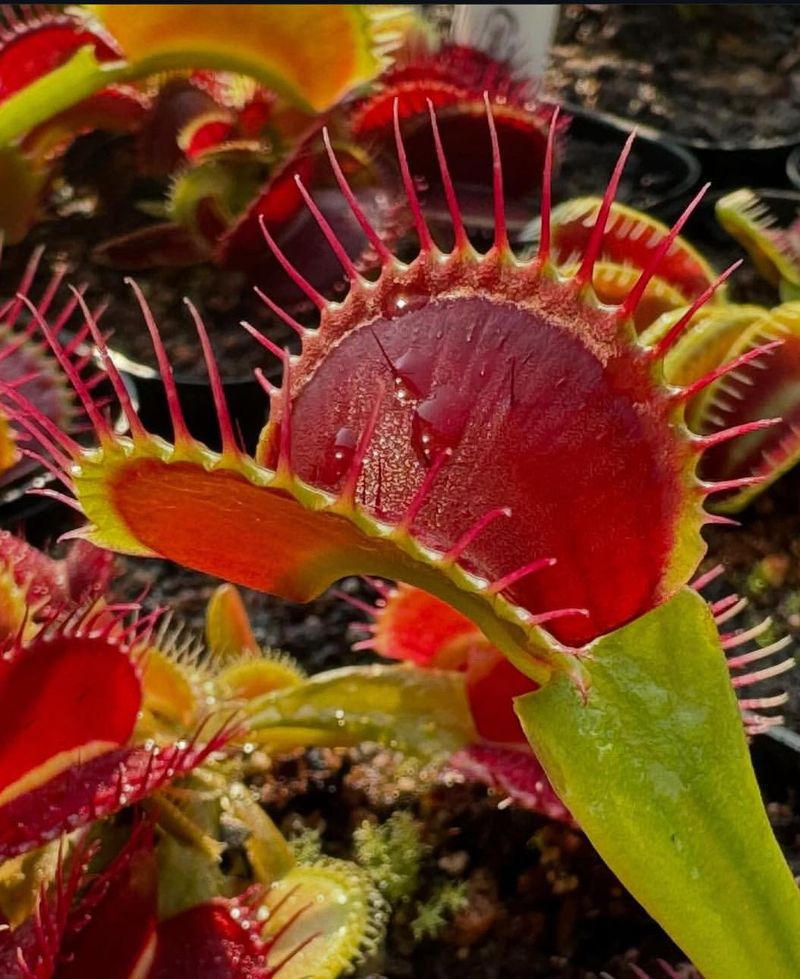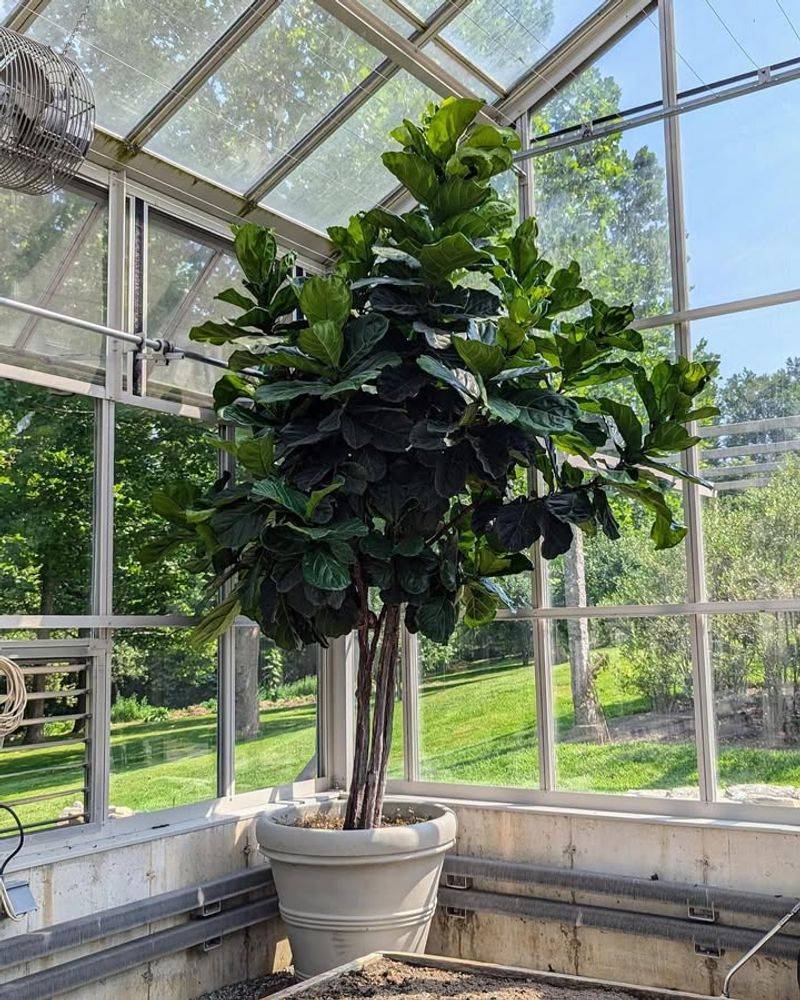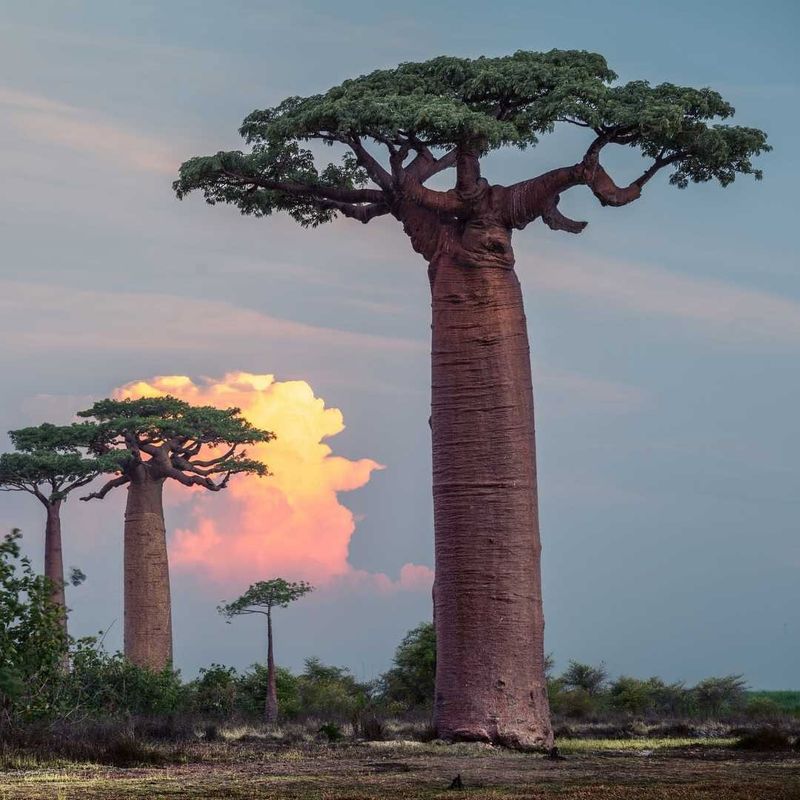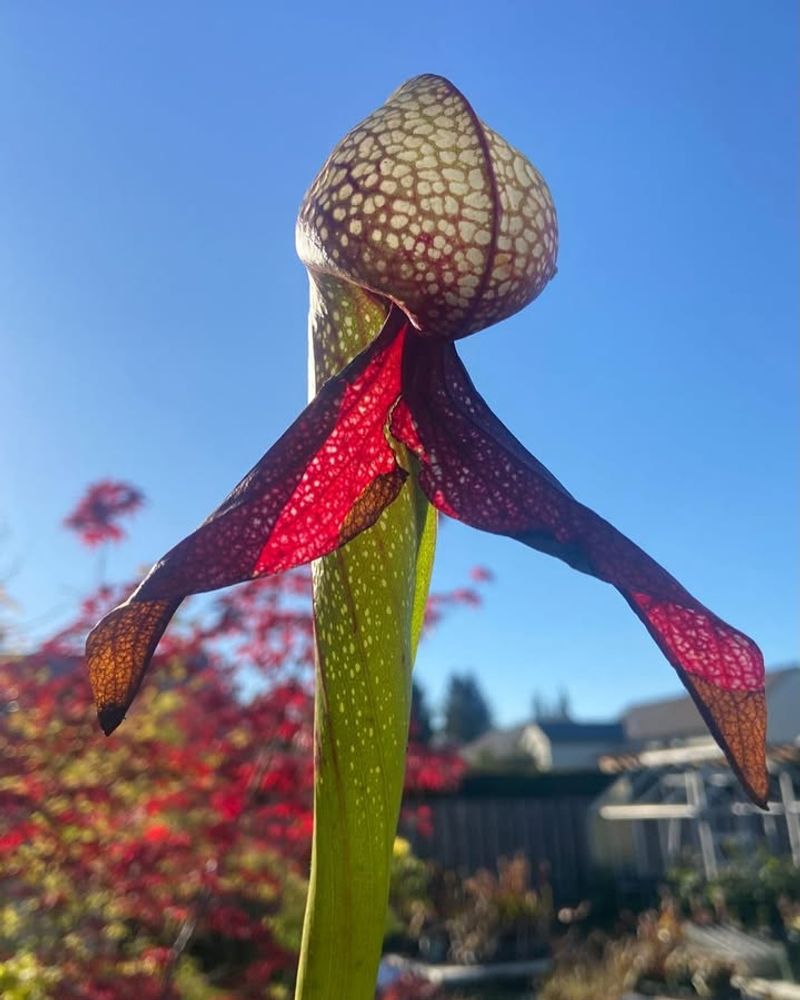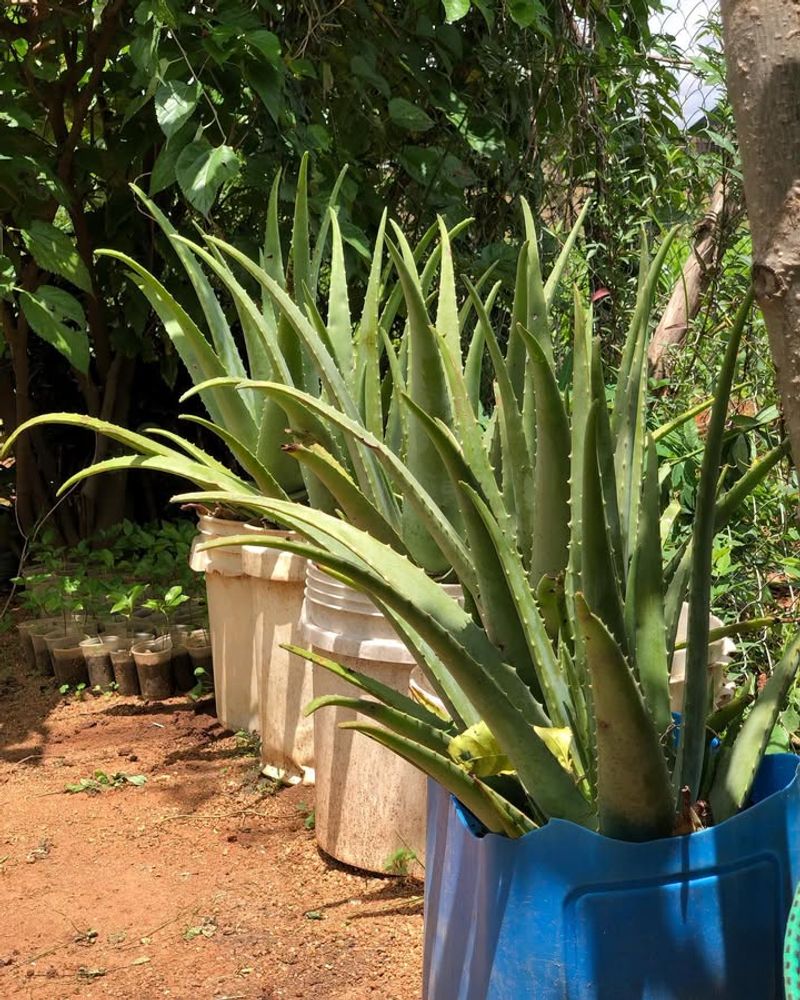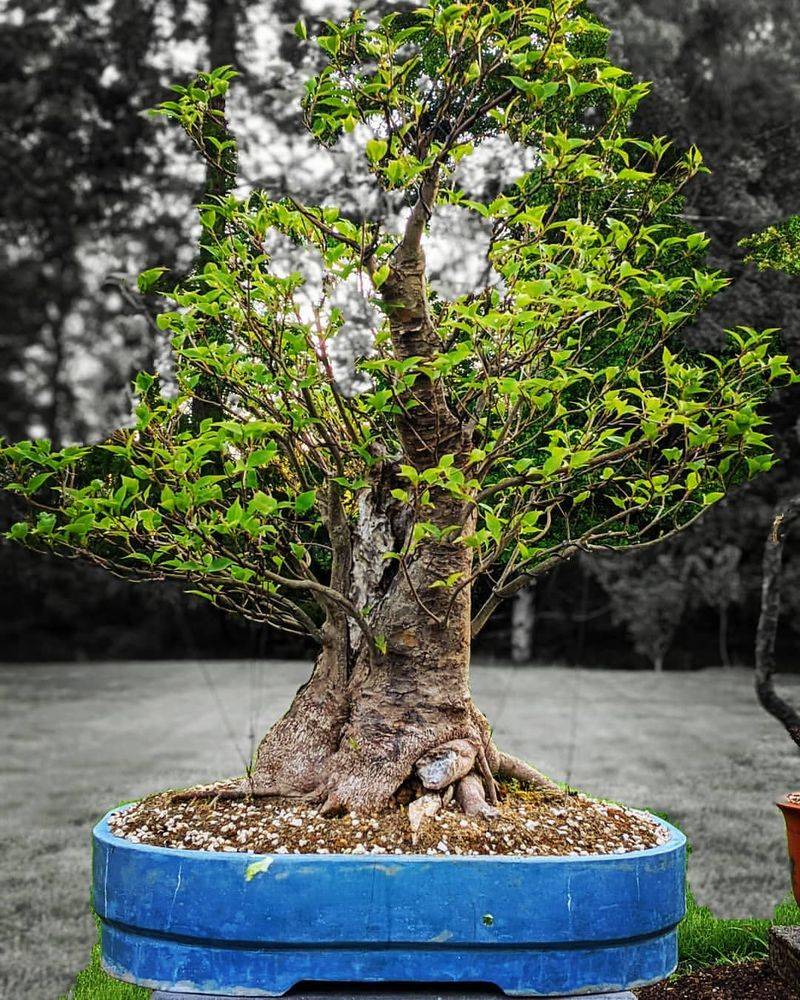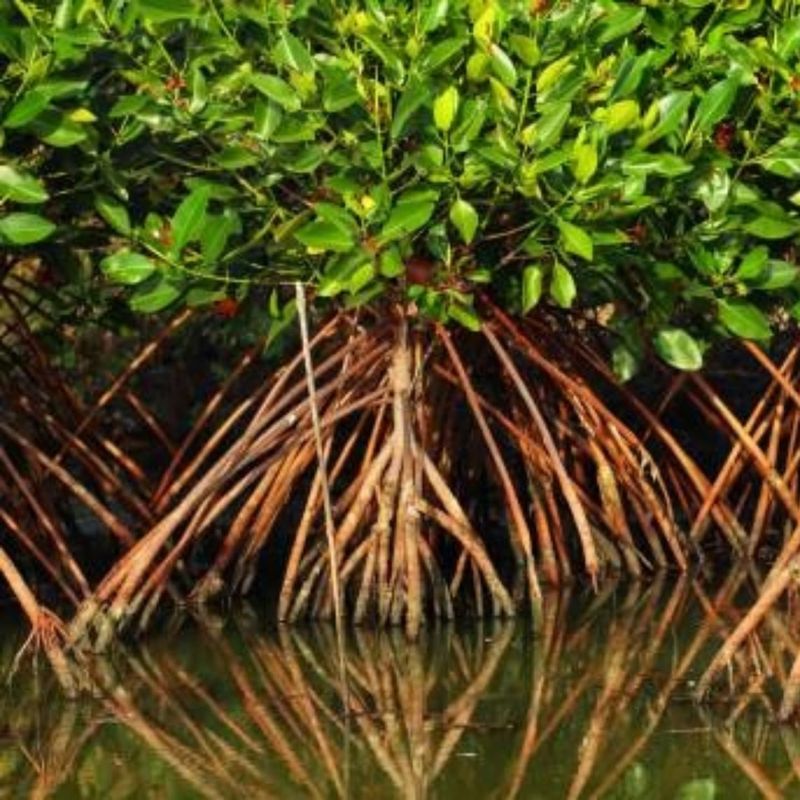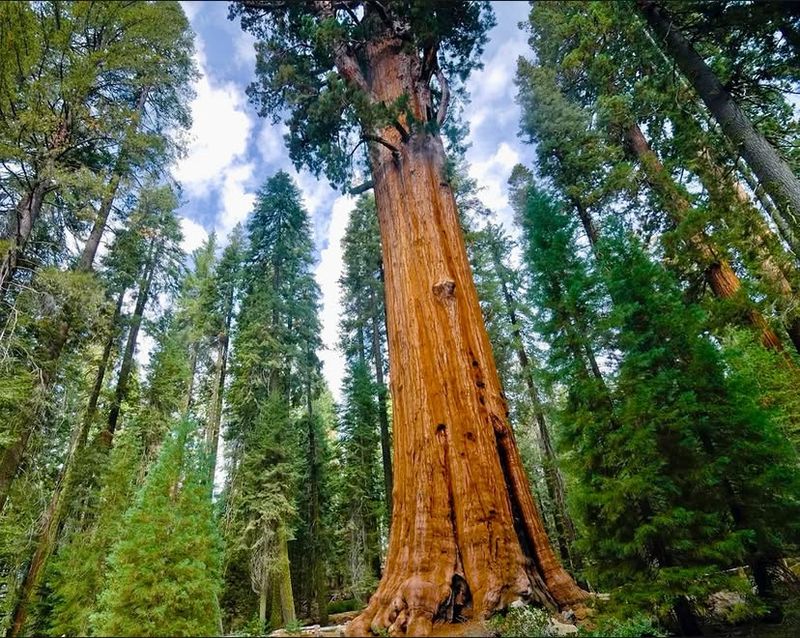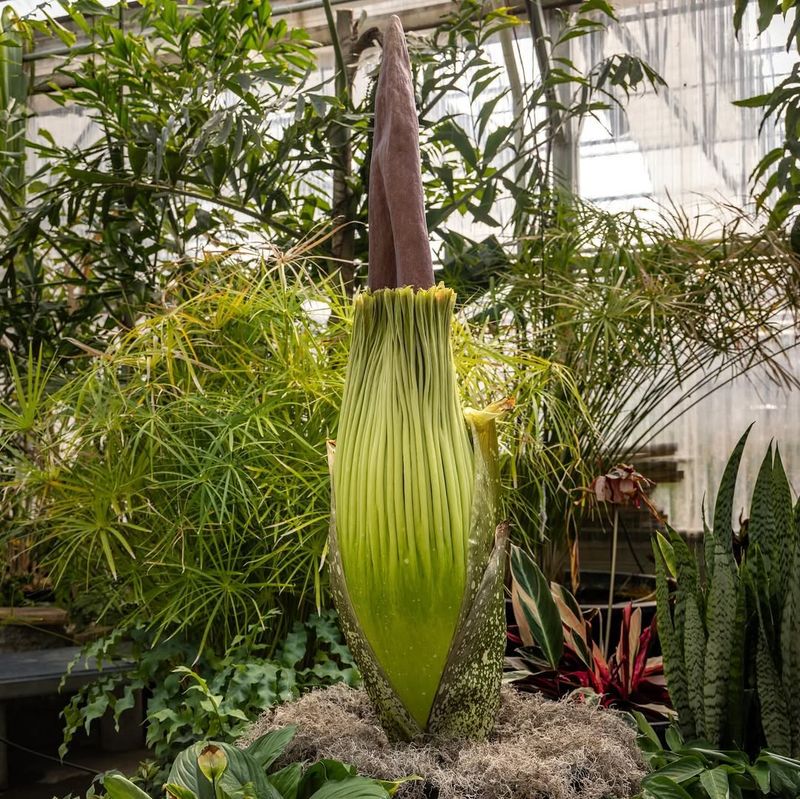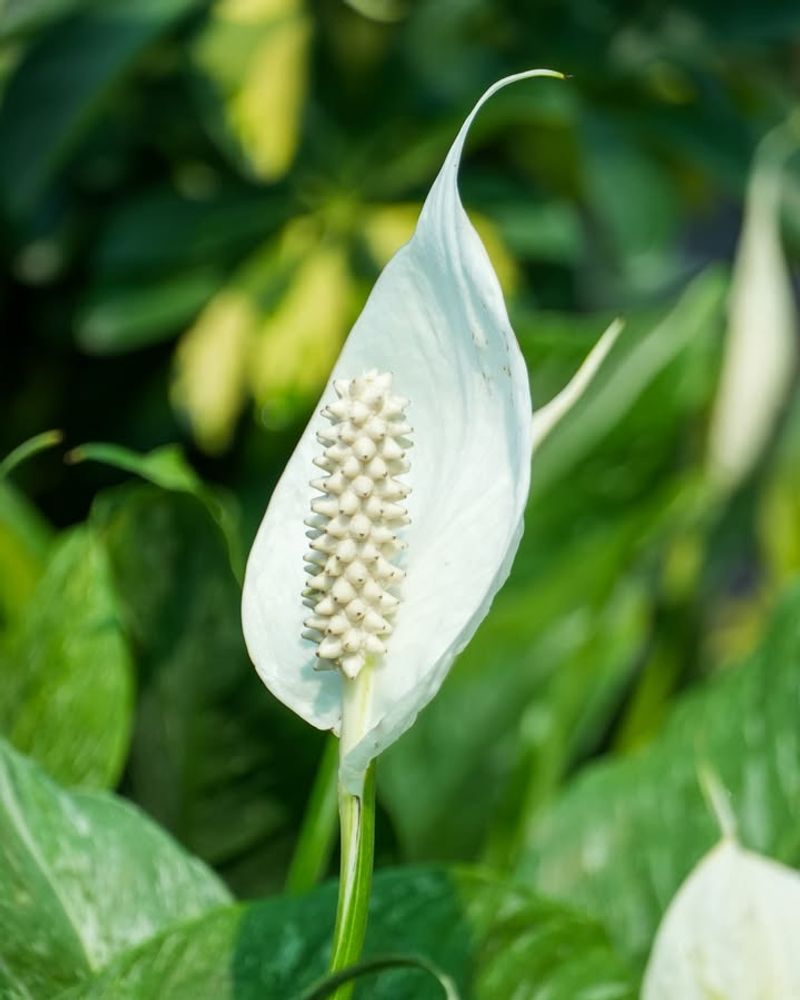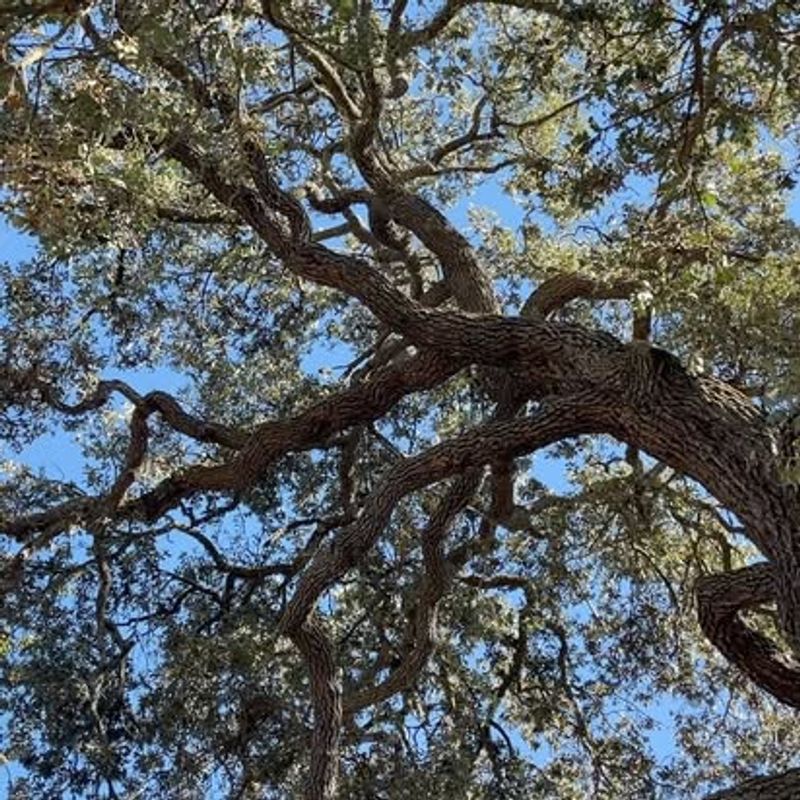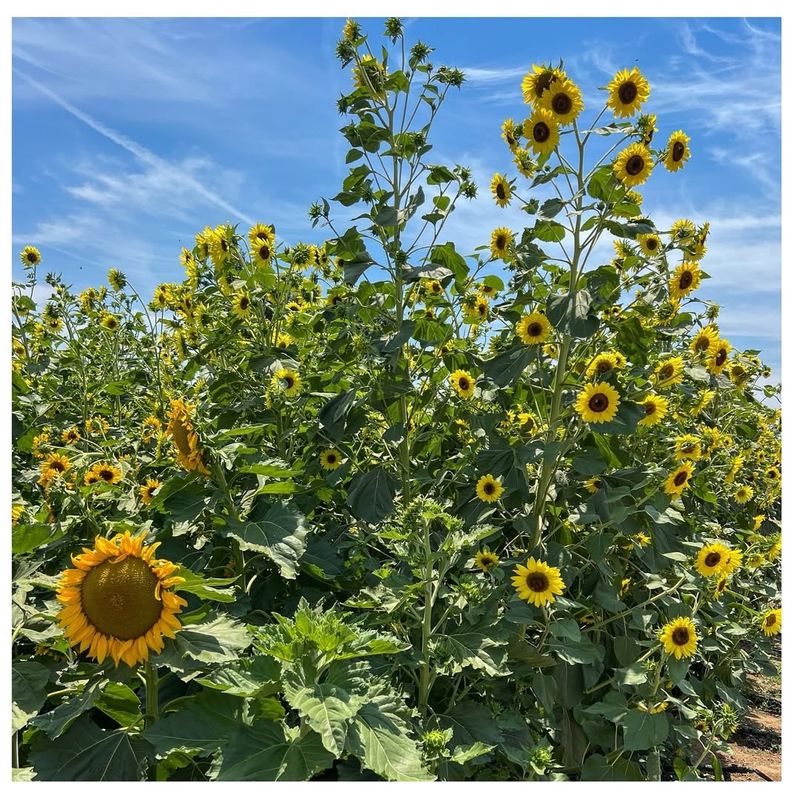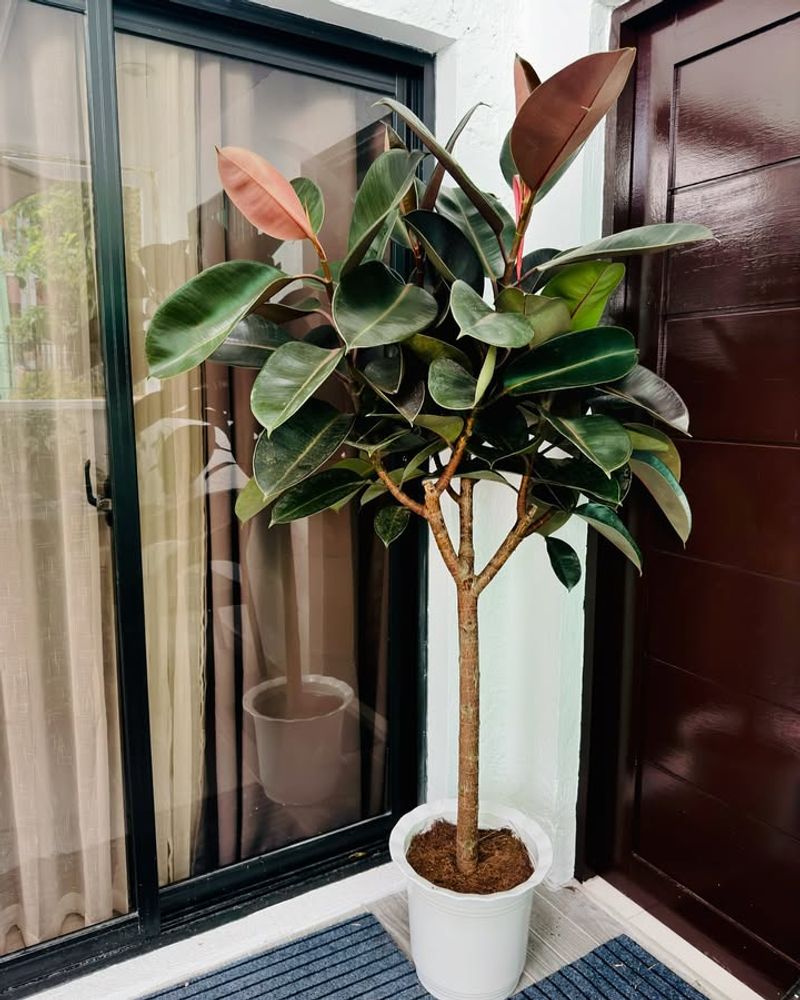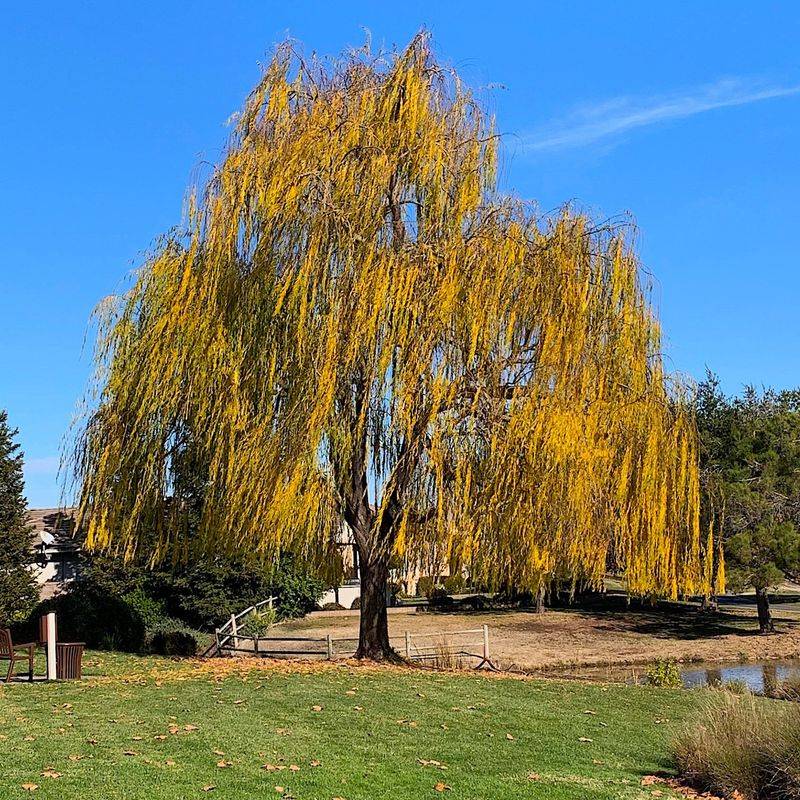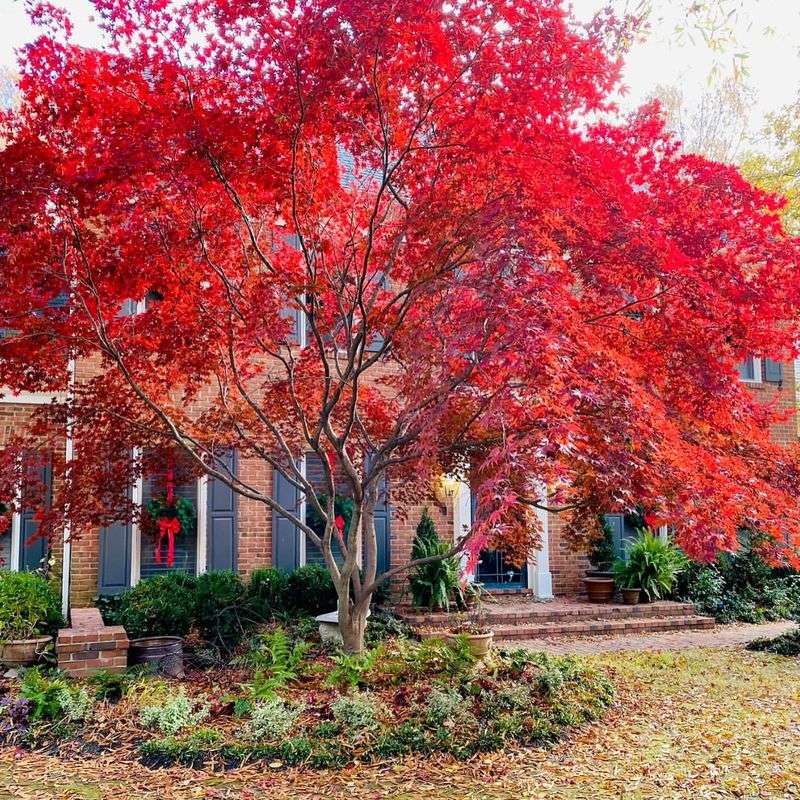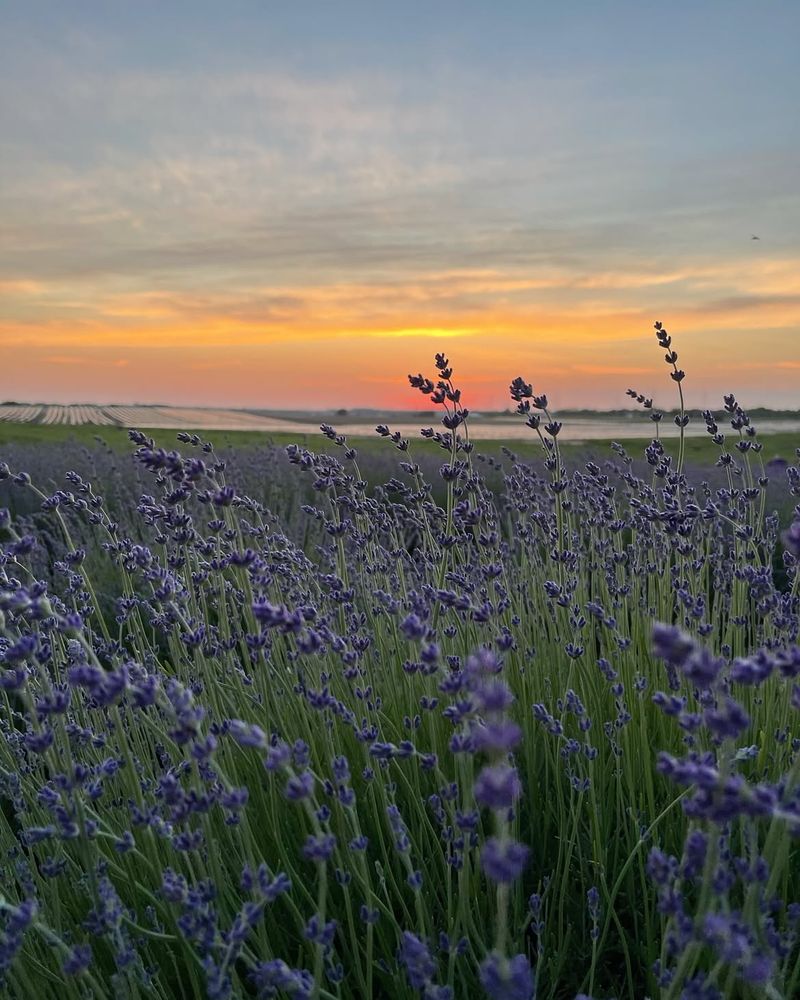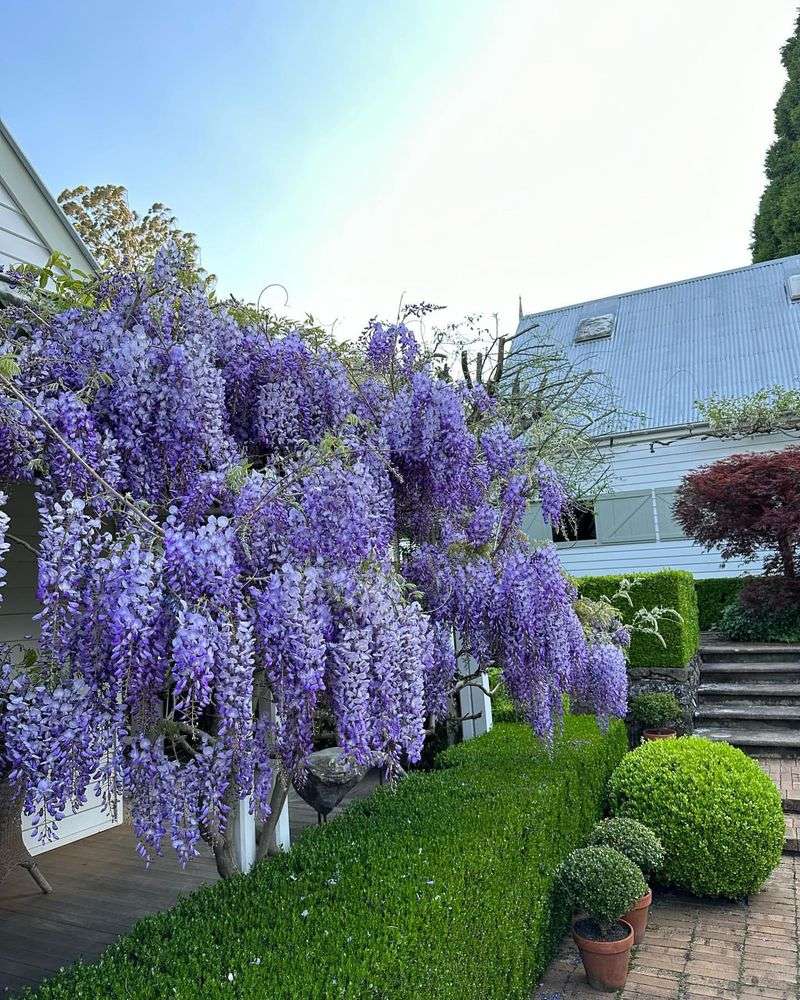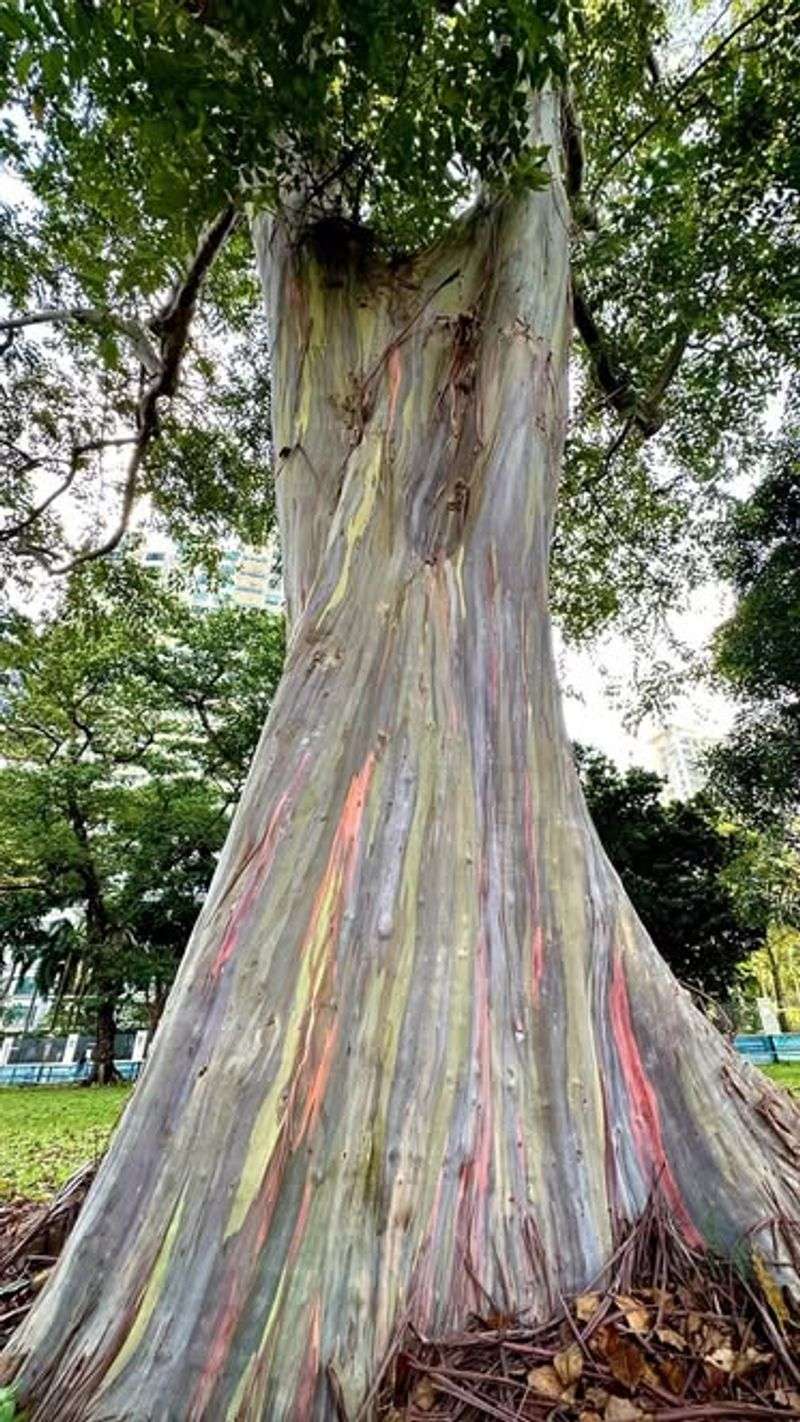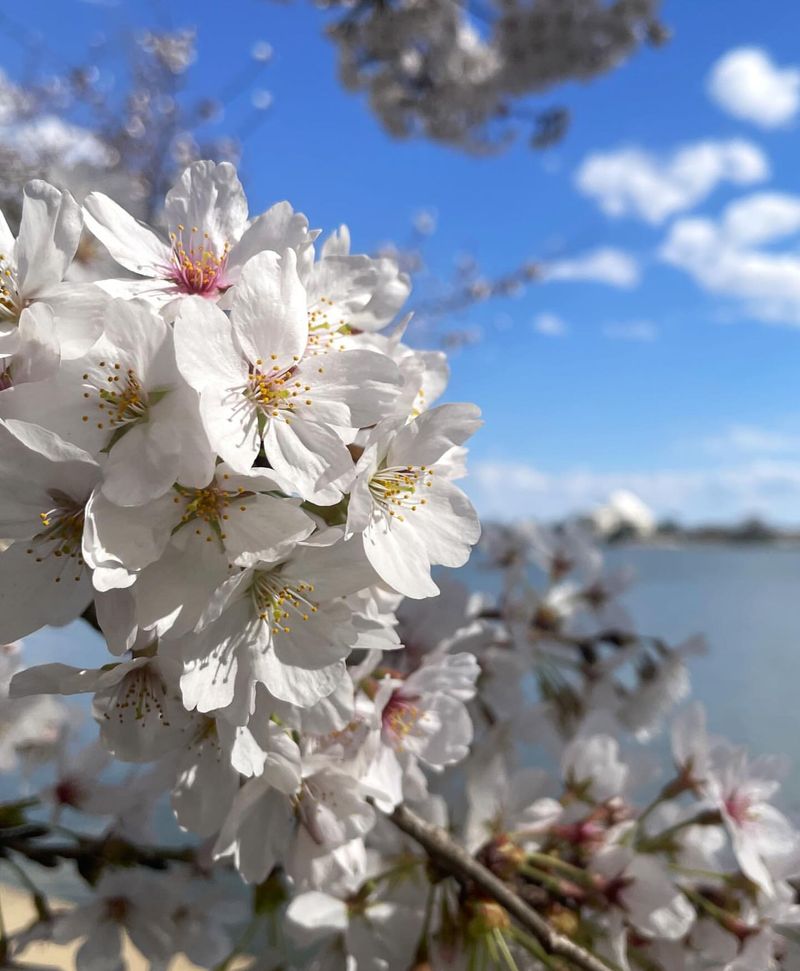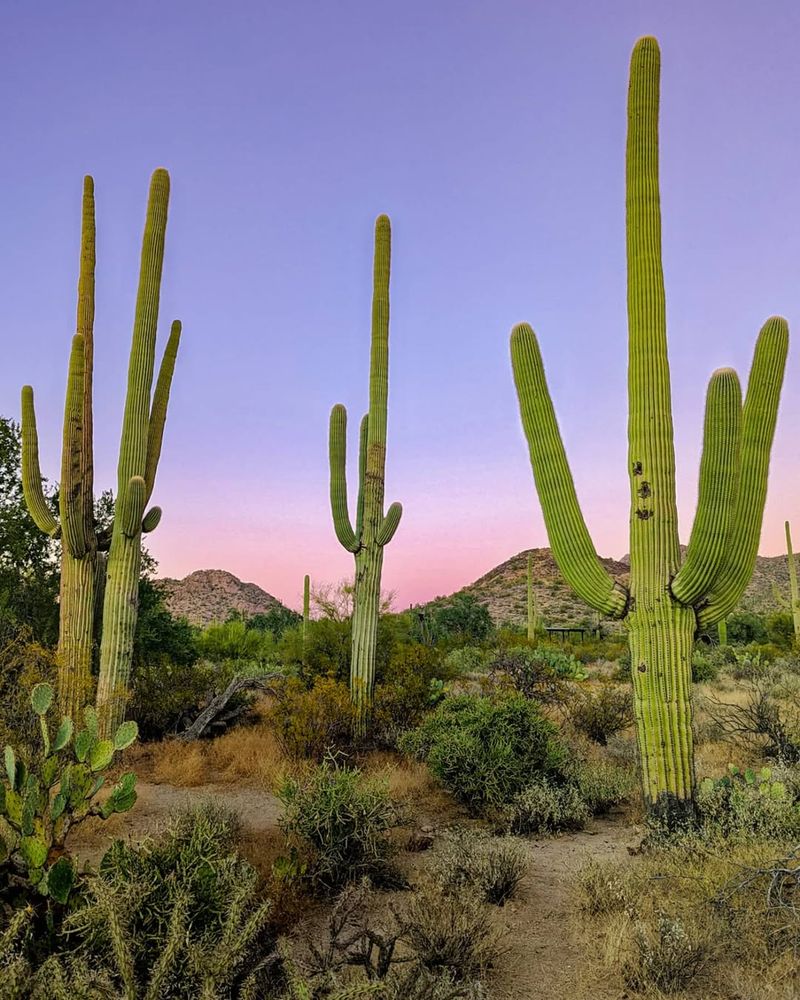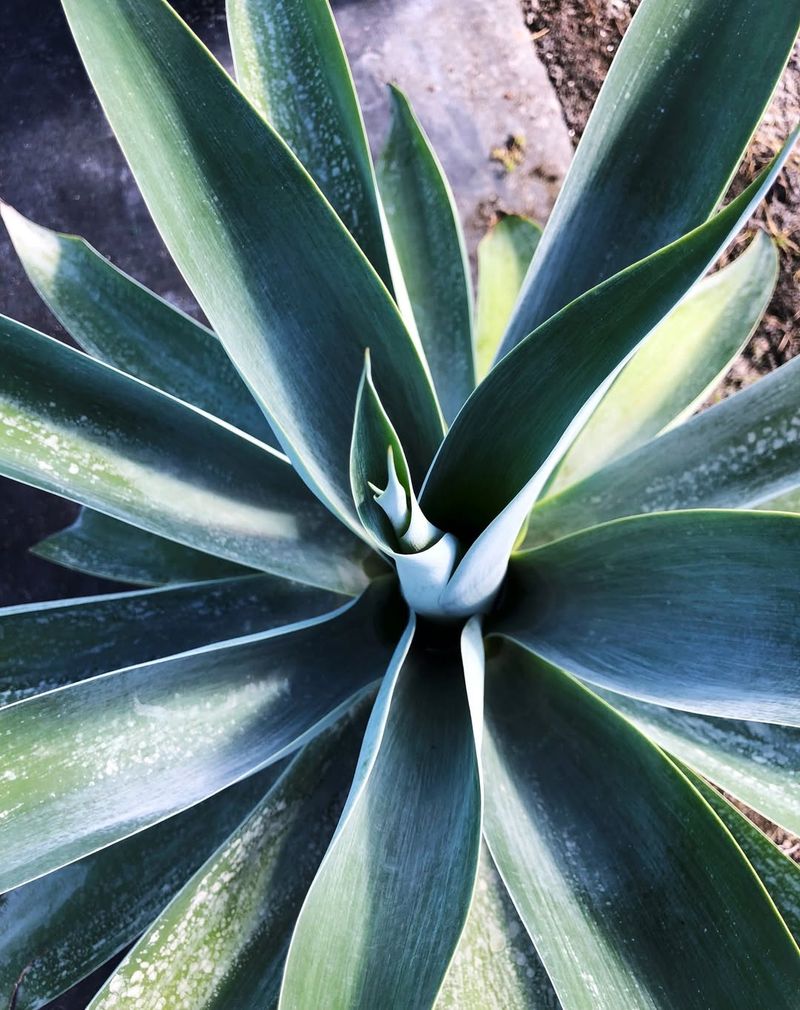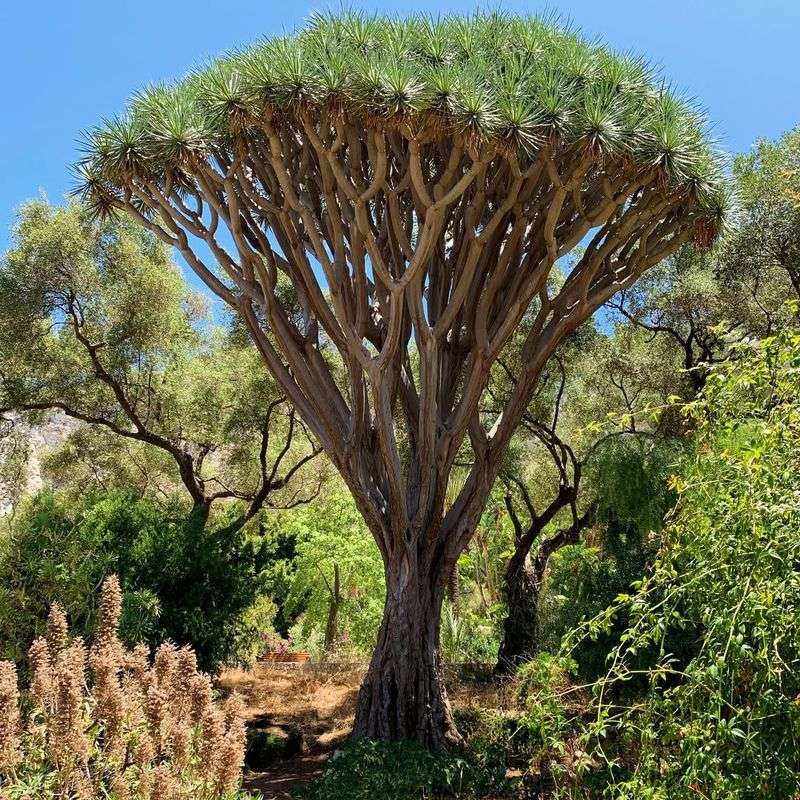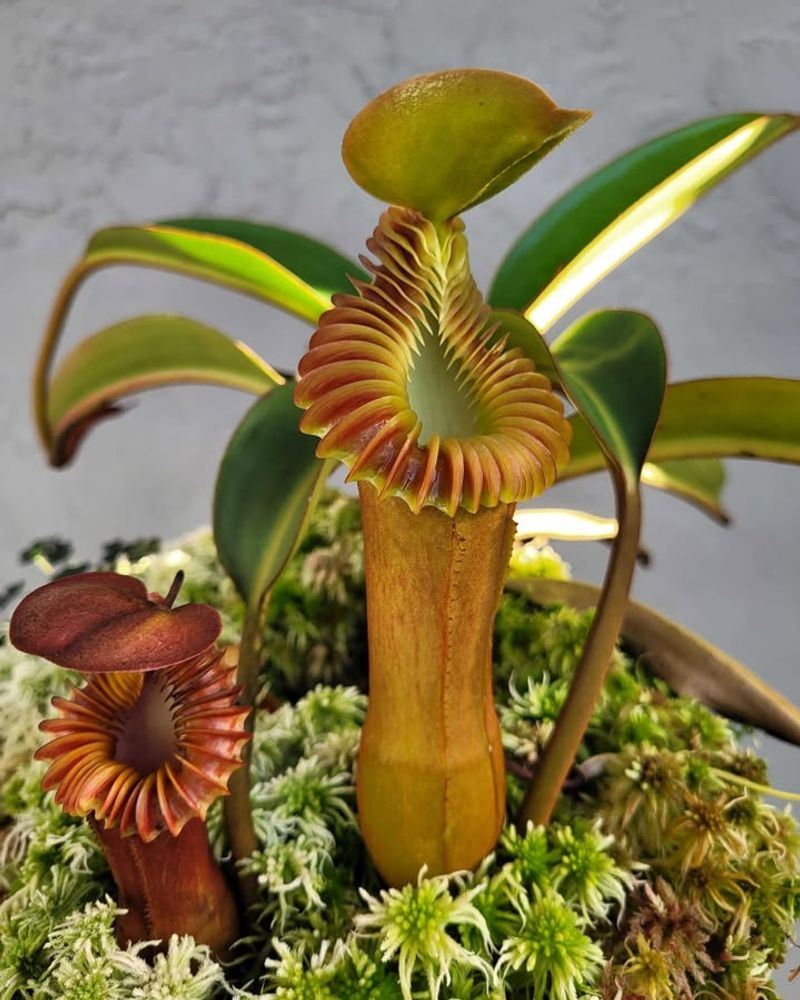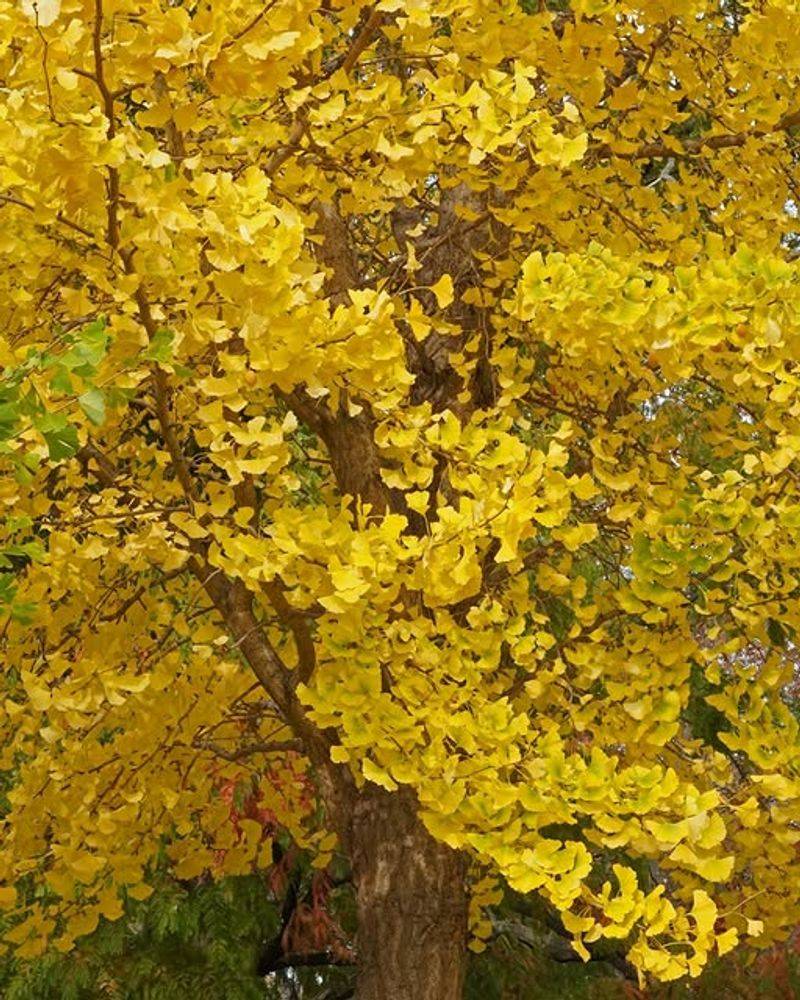Some plants don’t just grow—they glow up. We’re talking about greenery that twists, stretches, shifts, and totally transforms as it matures. One day it’s a leafy little sprout, the next it’s a towering showstopper or a flower that looks nothing like it did last week.
Nature’s got some serious shape-shifting skills, and these plants are proof. From dramatic size changes to unexpected color flips, these 20 incredible plants evolve in ways that feel straight out of a sci-fi movie—and a few are so wild, they’ll honestly leave you speechless.
1. Monstera Deliciosa
Ever seen a leaf with holes? That’s the signature style of the Monstera Deliciosa. This plant starts with small, heart-shaped leaves, but as it matures, they develop unique splits and holes. Those holes, called fenestrations, aren’t just for show—they help the plant withstand strong winds in its natural habitat.
As it grows, Monstera becomes a magnificent centerpiece for any room. Consider supporting it with a moss pole to encourage vertical growth. It’s a plant that truly embodies evolution in foliage.
2. Giant Sequoia
Standing tall and mighty, the Giant Sequoia is nature’s skyscraper. Starting as a tiny seed, this tree can grow into one of the largest living organisms on Earth. The size isn’t its only impressive feature; the bark is fire-resistant, allowing it to survive wildfires.
It takes centuries for a sequoia to reach its full grandeur. Plant one in your garden, and future generations might thank you! Embrace patience and watch this gentle giant evolve over time.
3. Venus Flytrap
Snap! That’s the sound of the Venus Flytrap in action. Initially small and unassuming, its leaves transform into trap-like structures. These traps are equipped with tiny hairs that sense prey, closing rapidly when triggered.
The plant grows in nutrient-poor soil, relying on its carnivorous diet for sustenance. Keep your flytrap thriving by providing distilled water and occasional insect snacks. It’s a dynamic plant that showcases nature’s ingenuity.
4. Bamboo
Blink, and you might miss it! Bamboo is renowned for its rapid growth, often shooting up several feet in just one day. Its slender stalks rise from the ground, forming dense groves. This plant isn’t just about speed; it’s a symbol of strength and flexibility.
Whether used in construction or as a privacy screen, bamboo evolves into a versatile addition to landscapes. Consider planting bamboo in containers to control its spread while enjoying its serene presence.
5. Cactus
Desert dwellers know how to adapt, and the cactus is a master at it. From small, round shapes to towering columns, cacti come in various forms. These plants store water in their thick tissues, enabling them to thrive in arid conditions.
Their spines aren’t just for protection—they also provide shade and reduce water loss. Cacti make for intriguing houseplants, requiring minimal care and endless fascination. Bring a touch of the desert into your home.
6. Fiddle Leaf Fig
Trend alert! The Fiddle Leaf Fig is a favorite among interior designers for its large, glossy leaves. Starting with small leaves, it grows into a tall spectacle, perfect for filling empty corners.
This plant thrives in bright, indirect light and appreciates a gentle misting. Prune it regularly to maintain its shape and encourage new growth. It’s a stylish choice that’s sure to evolve into the focal point of any room.
7. Baobab Tree
Imagine a tree with a trunk as wide as a house! The Baobab is famed for its massive, bottle-shaped trunk. It starts as a sapling but can grow to store thousands of liters of water, crucial for survival in dry climates.
Its sparse canopy offers shade and shelter to many animals. The Baobab is known as the “Tree of Life” in Africa, providing food, water, and firewood. Embrace its resilience and grandeur.
8. Pitcher Plant
Ever seen a plant with a built-in trap? The Pitcher Plant’s leaves form deep cavities filled with digestive liquid. Insects are lured by its bright colors and sweet nectar, only to find themselves trapped.
This carnivorous plant thrives in nutrient-poor soil, relying on its clever adaptations to capture prey. It’s a fascinating example of nature’s creativity and a conversation starter for any plant collection.
9. Aloe Vera
Soothing sunburns? Aloe Vera’s got your back. This succulent starts with small, fleshy leaves that grow into a rosette of spiky foliage. Its gel-like sap is celebrated for its healing properties.
Aloe Vera thrives in bright sunlight and well-draining soil. It’s a low-maintenance plant that offers both beauty and benefits. Consider keeping one in your kitchen for easy access to its natural remedies.
10. Bonsai
Tiny tree, big impact! Bonsai is the art of cultivating miniature trees, and each one tells a unique story. From seedling to small-scale masterpiece, a bonsai’s shape is meticulously crafted through pruning and wiring.
Patience is key with bonsai, as it requires regular attention to thrive. It’s a rewarding hobby that brings the tranquility of nature into your home. Start with a species like juniper or ficus, and watch your mini landscape evolve.
11. Mangrove
Roots above ground? That’s the mangrove’s clever trick to thrive in waterlogged soil. These trees begin life as floating propagules, eventually anchoring into coastal sands.
Their unique root systems provide stability against tidal forces and serve as nurseries for marine life. Mangroves are vital for coastal ecosystems and showcase nature’s adaptability. Witness their resilience and support mangrove conservation efforts.
12. Redwood
Feeling small? Standing beneath a Redwood will do that to you! These giants start as tiny seeds but can grow into some of the tallest trees on earth. Their thick bark protects them from fire and pests, allowing them to live for thousands of years.
Redwoods play a crucial role in their ecosystems, providing habitat and stabilizing soil. Visit a Redwood forest and experience the awe-inspiring presence of these ancient wonders.
13. Corpse Flower
Ever smelled a flower that stinks? The Corpse Flower’s infamous bloom is both legendary and smelly. Starting as a large bud, it unfurls into a massive flower with a scent that mimics rotting flesh.
This unique adaptation attracts carrion flies for pollination. The bloom is rare and short-lived, making it a sought-after spectacle for botanists and curious onlookers alike. Brace yourself for its pungent charm!
14. Peace Lily
A symbol of peace and tranquility, the Peace Lily is a beloved houseplant. Starting with deep green leaves, it produces striking white blooms known as spathes. These blooms can last for weeks, adding grace to any space.
Peace Lilies thrive in low-light conditions, making them perfect for shaded corners. Keep the soil moist but not soggy, and they’ll reward you with their elegant presence. A plant that brings serenity to your home.
15. Oak Tree
Mighty and enduring, the Oak Tree is a symbol of strength. It begins as a small acorn, eventually growing into a towering presence with a broad canopy. Oaks provide habitat and food for countless wildlife species.
Their leaves change color with the seasons, adding beauty to landscapes year-round. Plant an oak today, and enjoy its shade and splendor for generations to come. It’s a testament to the wonder of trees.
16. Sunflower
Turn your face to the sun, and you’ll understand the sunflower’s charm. Starting as small seeds, they grow into tall stalks topped with vibrant yellow blooms. Sunflowers track the sun’s movement, a phenomenon known as heliotropism.
Their seeds provide nourishment for birds and humans alike. Plant a patch of sunflowers for a cheerful addition to your garden. They’re easy to grow and a joy to behold!
17. Rubber Plant
Welcome to the world of shiny leaves! The Rubber Plant starts with small, oval leaves that expand into glossy green spectacles. It’s a popular choice for indoor spaces, requiring minimal maintenance.
Provide bright, indirect light and occasional watering to keep it thriving. Prune regularly to shape it as desired. The Rubber Plant is a classic addition to interiors, offering both style and substance.
18. Weeping Willow
The epitome of grace, the Weeping Willow is known for its long, drooping branches. It starts as a slender sapling, eventually transforming into a picturesque tree.
Planted near water, it provides shade and habitat for wildlife. Its swaying branches create a tranquil atmosphere, perfect for peaceful reflection. A weeping willow adds elegance to any landscape.
19. Japanese Maple
Red leaves that steal the show! The Japanese Maple starts with green foliage, turning brilliant shades of red, orange, or yellow in autumn. Its delicate leaves and elegant form make it a favorite in gardens.
Adaptable to various climates, it’s a low-maintenance tree that rewards with seasonal color. Plant one to enjoy a splash of autumnal beauty. A Japanese Maple is a testament to nature’s artistry.
20. Lavender
Soothing scents and calming hues—lavender has it all. Starting as a small bush, it grows into a sea of purple blooms. Lavender is valued for its fragrant flowers and essential oils.
Plant it in well-draining soil with plenty of sunshine. Harvest the blooms for homemade sachets or oils. Lavender is a beautiful and practical addition to gardens, offering both beauty and utility.
21. Wisteria
Talk about drama! Wisteria is known for its stunning cascades of purple flowers. Starting as a vine, it twists and twines around structures, creating a floral waterfall.
Prune regularly to control its growth and encourage more blooms. Wisteria adds a romantic touch to gardens and arbors. Appreciate its elegance and let it transform your outdoor space.
22. Eucalyptus
Fresh scent and silvery leaves—Eucalyptus has a unique appeal. As a seedling, it grows into a tall tree with distinctive, aromatic foliage. Native to Australia, it’s a favorite among koalas.
Eucalyptus oil is used for its medicinal properties, offering a refreshing aroma. Plant one for shade and enjoy its calming scent. It’s a tree that embodies both beauty and utility.
23. Cherry Blossom
Spring’s arrival is celebrated by the blooming of Cherry Blossoms. Starting as bare branches, they burst into clouds of pink or white blooms. These trees are iconic in Japanese culture, symbolizing the fleeting beauty of life.
Plant a cherry blossom for a stunning spring display. Enjoy the delicate petals and embrace the season’s renewal. It’s a tree that brings joy and reflection.
24. Saguaro Cactus
Say hello to the desert’s sentinel, the Saguaro Cactus! Starting as a small sprout, it grows into a towering giant with iconic arms. These arms can take decades to develop, adding to the cactus’s grandeur.
Saguaros store water to survive harsh desert conditions. Plant one if you live in an arid region and watch it become a desert landmark. It’s a symbol of resilience and survival.
25. Blue Agave
Time for tequila! The Blue Agave is a succulent known for its spiky blue-gray leaves. Starting with a small rosette, it grows into a striking plant used in tequila production.
Agave thrives in desert climates, requiring little care once established. Its bold form adds architectural interest to landscapes. Consider growing one for a touch of the Southwest.
26. Dragon Tree
Majestic and mythical, the Dragon Tree is a sight to behold. It starts with a thick trunk and develops spiky leaves over time. Native to the Canary Islands, it’s known for its dragon’s blood—resin with medicinal properties.
This slow-growing tree thrives in rocky terrains, adding an exotic touch to gardens. Plant a Dragon Tree for its unique form and legendary status.
27. Palm Tree
Tropical paradise in a plant! Palm Trees start as small saplings, growing into tall trees with iconic fronds. Their adaptability to coastal conditions makes them a staple in tropical landscapes.
Palm Trees provide shade and a relaxed vibe to gardens and patios. Plant one for a touch of the tropics, and enjoy its calming sway in the breeze.
28. Nepenthes
Intrigue and entrapment—that’s the Nepenthes way. These plants start with slender vines, developing into pitcher-shaped leaves filled with digestive fluid. They lure insects with their nectar, trapping them inside.
Nepenthes thrive in humid conditions, requiring careful attention to moisture levels. They’re a captivating addition to collections, showcasing nature’s inventiveness.
29. Ginkgo Biloba
Ancient yet modern, the Ginkgo Biloba is a living fossil. Starting with delicate, fan-shaped leaves, it grows into a resilient tree that stands the test of time.
Ginkgos are known for their resistance to pollution and pests. Their leaves turn golden in autumn, adding brilliance to any landscape. Plant a Ginkgo to enjoy a piece of history and shade for years to come.

